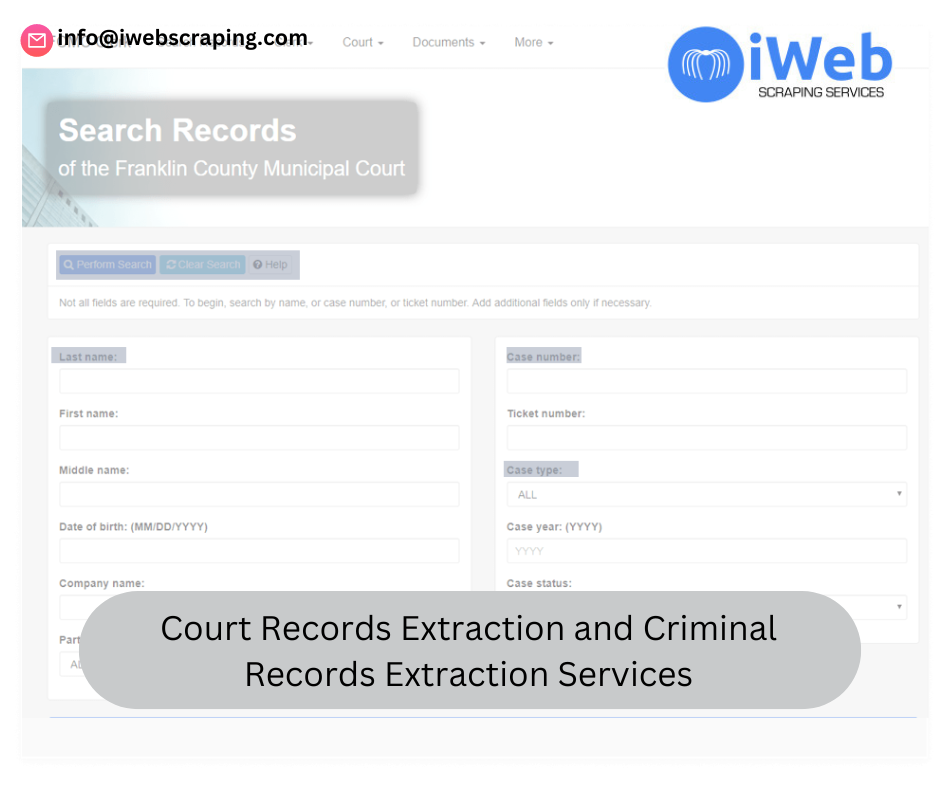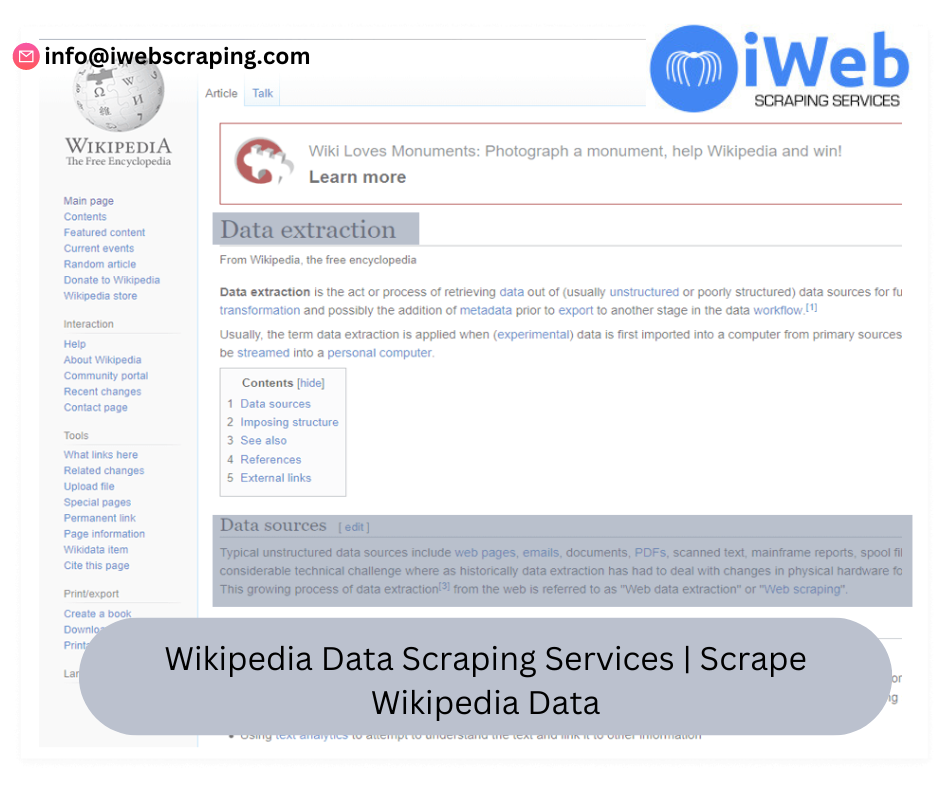.png)
In an increasingly connected world, knowing what's happening in your local community is invaluable. Whether you're looking to stay updated on neighborhood events, keep an eye out for safety alerts, or simply get to know your neighbors better, having access to local information is essential. Nextdoor, a social networking service for neighborhoods, has become a vital resource for these purposes. But did you know you can harness the power of Nextdoor data even more effectively through their API? In this blog post, we'll explore how the Nextdoor API enables seamless extraction of local neighbor data, helping you stay informed and engaged with your community.
What is the Nextdoor API?
Nextdoor's API (Application Programming Interface) is a set of tools and protocols that allow developers to interact with Nextdoor's data programmatically. By using the API, you can access various types of information shared within Nextdoor communities, such as posts, events, and member details. This opens up a world of possibilities for integrating Nextdoor data into your own applications, websites, or analytical tools.
Benefits of Using the Nextdoor API
1. Automated Data Collection
Manually browsing through Nextdoor to find relevant information can be time-consuming. The API allows you to automate the process, enabling you to gather data efficiently and consistently. Whether you're looking for specific types of posts, updates on local events, or safety alerts, the API can be programmed to fetch the data you need at regular intervals.
2. Enhanced Community Engagement
By integrating Nextdoor data into your applications or websites, you can enhance how residents interact with their local community. For instance, a local news website can display the latest neighborhood news, while a community app can send push notifications about upcoming events or urgent safety alerts. This integration helps keep residents informed and engaged without requiring them to visit multiple platforms.
3. Informed Decision Making
For local businesses, government agencies, or community organizations, having access to real-time neighborhood data is crucial. The Nextdoor API can provide insights into community sentiment, emerging issues, and resident needs. This information can be invaluable for making data-driven decisions, whether it's planning a new community project, addressing local concerns, or tailoring business offerings to meet resident demands.
Getting Started with the Nextdoor API
1. API Access
To start using the Nextdoor API, you'll need to apply for access. This typically involves registering as a developer on the Nextdoor platform and agreeing to their terms of service. Once approved, you'll receive an API key, which you'll use to authenticate your requests.
2. Understanding API Endpoints
The Nextdoor API offers several endpoints, each providing access to different types of data. Some common endpoints include:
Posts: Retrieve posts shared by residents within a specific neighborhood or across multiple neighborhoods.
Events: Access information about upcoming neighborhood events.
Members: Get details about members in a specific neighborhood, including their profiles and activity levels.
Understanding these endpoints and their parameters is crucial for effectively extracting the data you need.
3. Making API Requests
API requests are typically made using HTTP methods like GET, POST, PUT, and DELETE. For example, to fetch recent posts from a neighborhood, you might use a GET request to the posts endpoint, including your API key and any necessary parameters (such as the neighborhood ID or date range) in the request.
Here's a simple example in Python using the requests library:
pythonCopy codeimport requests
api_key = 'your_api_key_here'
neighborhood_id = 'your_neighborhood_id_here'
url = f'https://api.nextdoor.com/v1/posts?neighborhood_id={neighborhood_id}'
headers = {
'Authorization': f'Bearer {api_key}',
'Content-Type': 'application/json'
}
response = requests.get(url, headers=headers)
if response.status_code == 200:
posts = response.json()
for post in posts:
print(post['title'], post['content'])
else:
print(f'Error: {response.status_code}')
This example demonstrates how to authenticate and make a simple request to fetch posts from a specific neighborhood.
Best Practices for Using the Nextdoor API
1. Respecting Privacy and Terms of Service
When accessing and using Nextdoor data, it's important to respect user privacy and comply with Nextdoor's terms of service. Ensure that you only collect and use data in ways that are ethical and permitted by the platform.
2. Optimizing API Usage
To avoid hitting rate limits or experiencing performance issues, optimize your API requests. Use efficient querying techniques, cache data when appropriate, and handle errors gracefully.
3. Securing API Keys
Keep your API keys secure and avoid hardcoding them directly in your applications. Use environment variables or secure vaults to manage sensitive information.
Conclusion
The Nextdoor API offers a powerful way to extract and utilize local neighbor data, enhancing how you stay connected and informed about your community. By automating data collection, integrating community information into your applications, and making informed decisions based on real-time insights, you can leverage the Nextdoor API to create more engaging and responsive community experiences. Embrace the possibilities, and start exploring the Nextdoor API today to unlock the full potential of local neighbor data.


















.png)
.jpg)
Write a comment ...